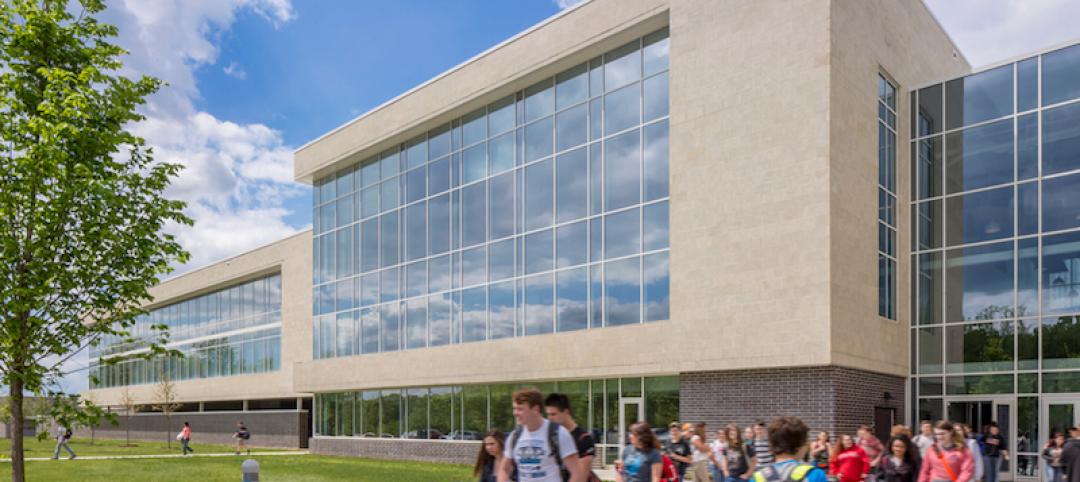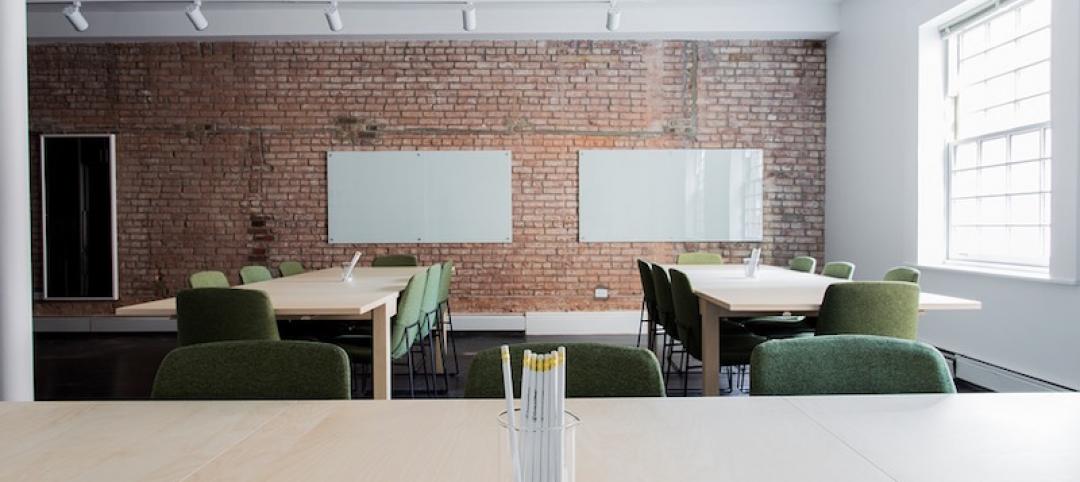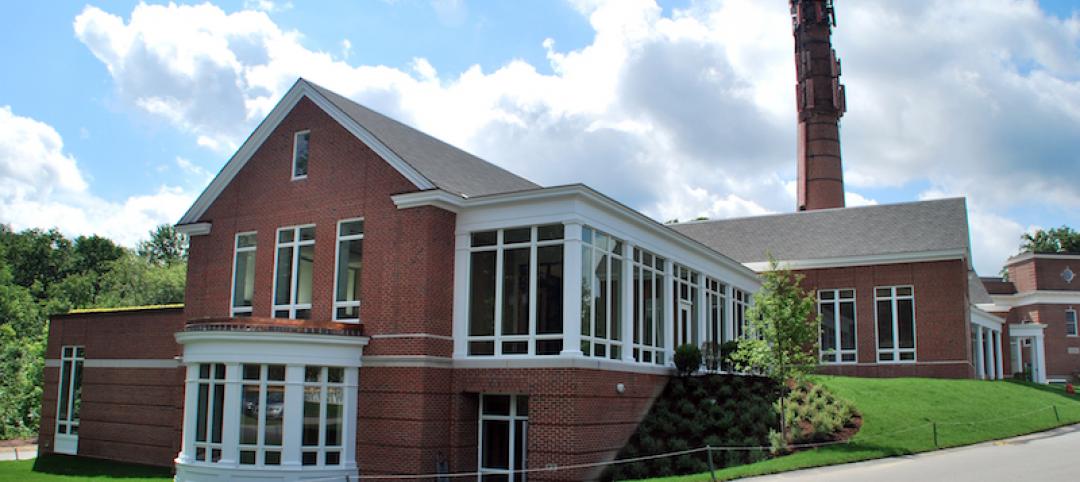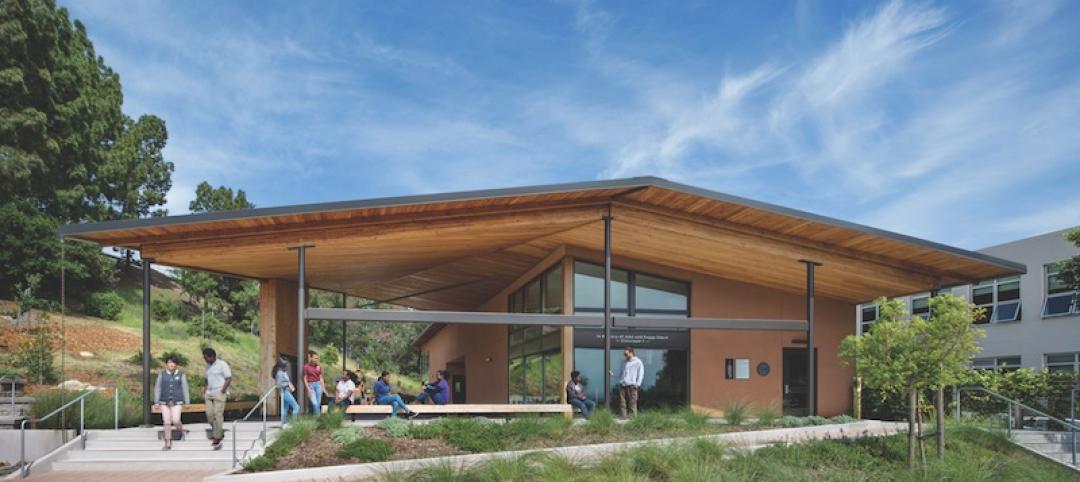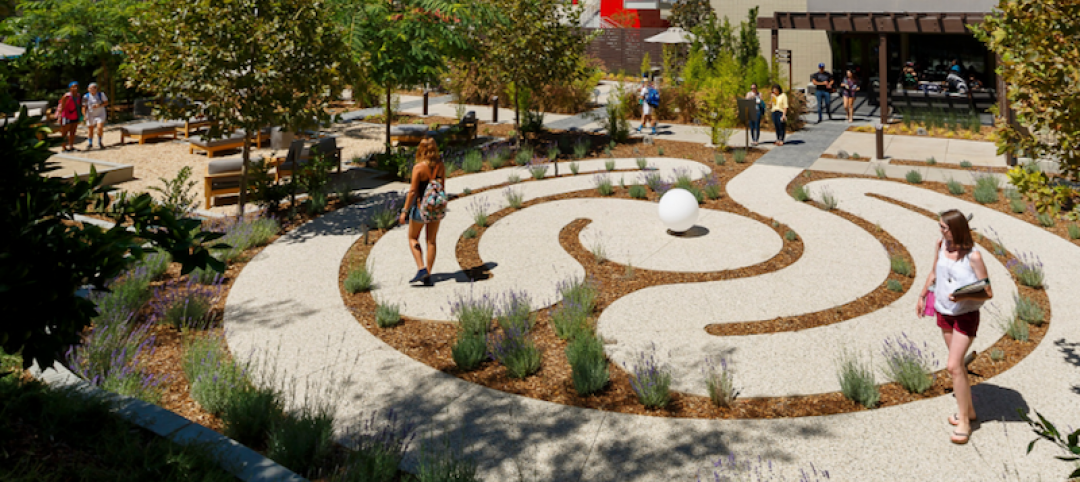As our PreK-12 clients plan for the fall 2020 semester, HMC is offering this Campus Reboot Guide to support flexible planning for re-opening, with easy-to-use tools that can be customized for schools and districts.
As part of HMC’s ongoing research effort to better understand the long-term effects of COVID-19 and develop solutions for a safe return to PreK-12 schools, we consulted with clients from various school districts and county offices of education, conducted surveys with parents, and did a deep dive literature review on building design and infectious disease transmission/prevention.
“The aim is not just to facilitate short-term COVID-19 solutions,” said President and CEO Brian Staton. “But to reinforce our momentum towards safe, resilient learning environments that enhance student success, wellness, and community well beyond this current crisis.”
Given the constantly changing conditions of the COVID-19 pandemic, evolving knowledge about the disease, and shifting directives from governmental agencies, it’s HMC’s hope that this guide offers some clarity for educators and parents of school children.
Please download HMC’s Campus Reboot Guide here: https://hmcarchitects.
In addition to the Campus Reboot Guide, HMC is committed to sharing all of its research findings with the industry in a series of white papers that focus on five main areas of Technology, Adaptability and Flexibility, Regulatory/Budgetary/
Our white papers can be downloaded here: https://hmcarchitects.
Related Stories
Education Facilities | Oct 3, 2017
The growing demand for early childhood education
When the design of early learning centers is grounded in the science of developmental psychology and education, these educational environments can address multiple domains of development that positively stimulate young children's physical and cognitive growth.
K-12 Schools | Oct 2, 2017
A Houston office park gets a new life as a private day school
Shepley Bulfinch designed the 75,000-sf campus.
K-12 Schools | Sep 20, 2017
Activating innovation: Trends in K-12 education
School structures offer a unique opportunity as they can often double as community centers and serve as shelters in the event of an emergency or natural disaster.
Architects | Sep 19, 2017
What we talk about when we talk about placemaking
What does Good Growth mean and how do we set about achieving it?
K-12 Schools | Sep 12, 2017
Perkins Eastman publishes findings on high-performance schools
Metrics suggest correlation between key design strategies and occupant satisfaction and building performance.
Performing Arts Centers | Sep 11, 2017
19th century smokestack highlights a Massachusetts performing arts facility
CBT Architects and Windover Construction collaborated on the adaptive reuse project for Middlesex School.
K-12 Schools | Sep 8, 2017
The economic case for engaged classrooms in K-12 schools
Flexible, modern classrooms should be viewed as a key element of a sound financial strategy, producing a solid return-on-investment.
K-12 Schools | Aug 31, 2017
Environmental studies building highlights sustainability in every design element
The LEED Platinum and Zero Net Energy Verified building minimizes energy use via its site orientation.
K-12 Schools | Aug 18, 2017
How to create healthy learning environments with active design
Active design can be incorporated into any facility or campus with a few simple steps.
K-12 Schools | Aug 9, 2017
A school in Denmark is clad in 12,000 solar panels
C.F. Møller designed the building to create a connection between the school premises and the surrounding public urban space.





